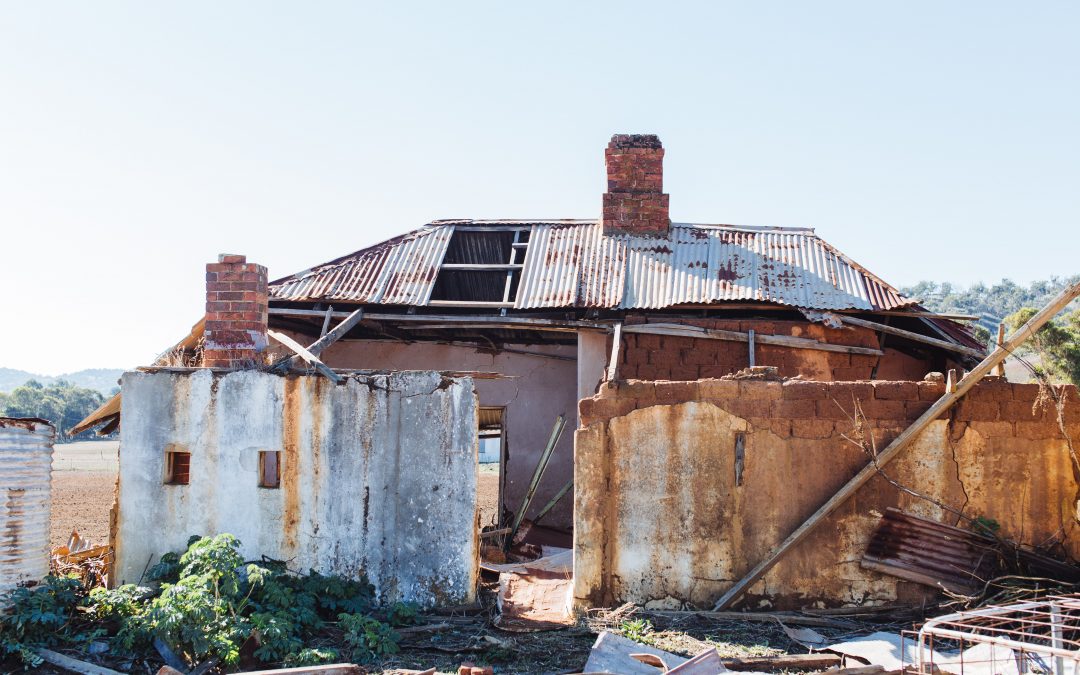Asbestos is a natural mineral product that became popular due to its resistance to heat and corrosion. In the past, it was used extensively in insulation, cement and floor tiles, drainage and flue pipes, roofing, guttering, car brakes, clutches and gaskets.
What are the dangers of asbestos?
The inhalation of asbestos fibres can cause asbestosis, mesothelioma and lung cancer. Asbestos exposure may increase your risk for cancers of the digestive system, including colon cancer.
Should I be worried about asbestos?
Although most people do not get lung diseases from asbestos exposure, you should always seek medical advice if you have symptoms like coughing, feeling short of breath or chest pain. Talk to your GP about any past or present jobs where you may have had asbestos exposure.
What are the first signs of asbestos exposure?
The symptoms of asbestosis may include shortness of breath, chest tightness or pain, a persistent, dry cough, fingertips and toes that appear wider and rounder than usual (clubbing), and dry and crackling sounds in your lungs when you inhale.
Who is most at risk for asbestos poisoning?
In the past, the health risks for construction workers and carpenters facing asbestos exposure were severe. A study of mesothelioma patients in the UK and Australia revealed that one in 10 carpenters who retired before 1950 would die of an asbestos-related illness. Today the risks are not as great due to the ban on asbestos.
When was asbestos banned?
Asbestos was banned in NSW and Australia on the 31st of December 2003.
What are the chances of having asbestos in my home?
If your house was built or renovated before the 1990’s it likely contains asbestos in some form. If you think you may have asbestos in your home, please get in touch with us to arrange an asbestos test.
Where can asbestos be in the home?
Asbestos can be located in any room of the house. This same rule applies to farms and rural properties. Across Australia, 1 in 3 homes contains asbestos.
How do I find out if I have asbestos in my home?
Unfortunately, you cannot tell if a material contains asbestos based solely on a visual inspection. Only a scientific test can confirm the presence of asbestos.
If you think a material may contain asbestos, it’s best to play it safe and treat it like it is until you have had it confirmed. Asbestos becomes dangerous when it is disturbed, or if the material containing it is damaged or deteriorating.
Can I try to remove the asbestos myself?
Besides the obvious health risk of attempting this, you may also find that you’re not covered by your home insurance if anything was to happen during the removal process and subsequent disposal.
A professional asbestos removal company like About the House is fully insured and up to date with all local council regulations regarding removal, clean-up and safe disposal.
